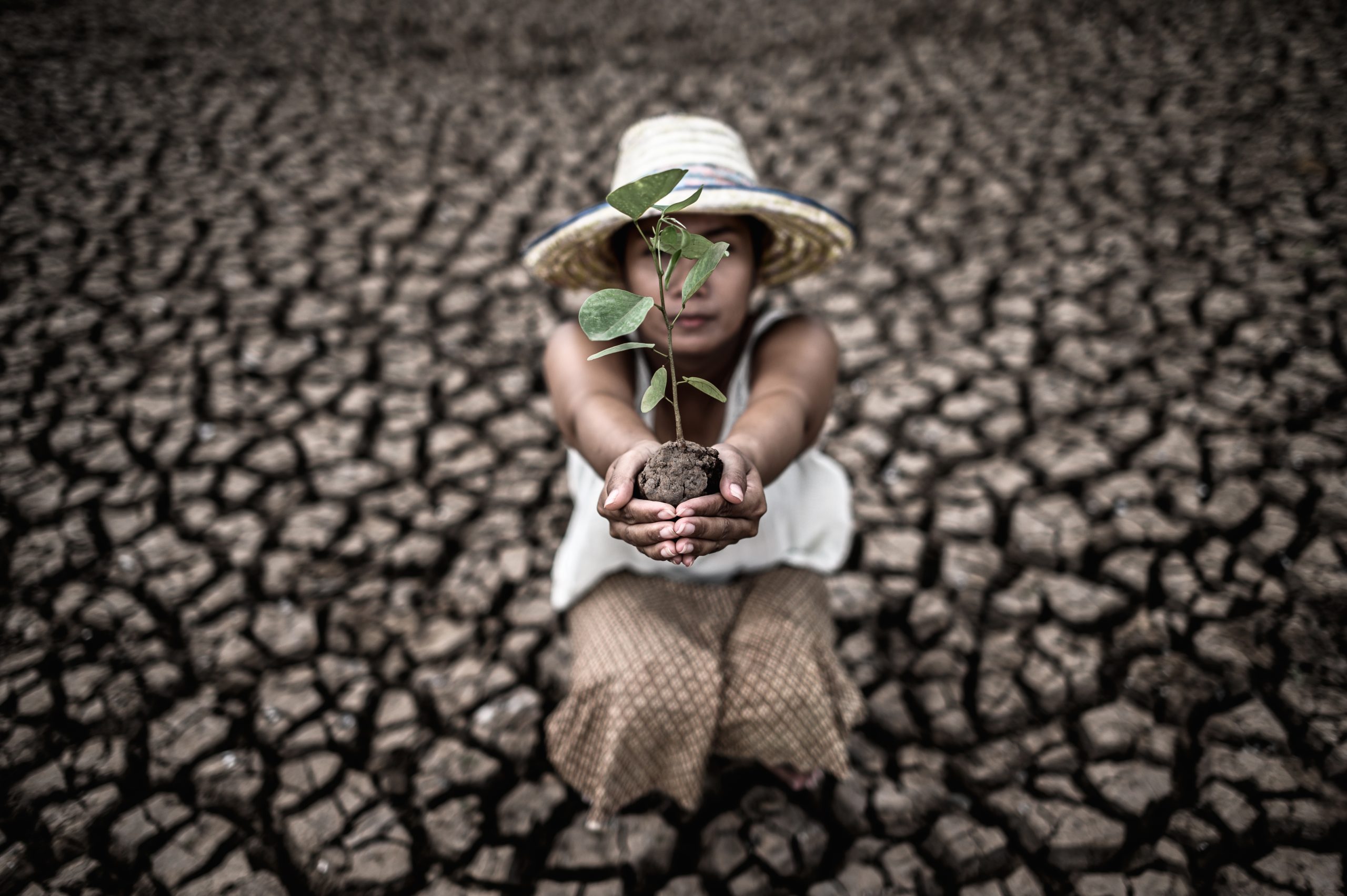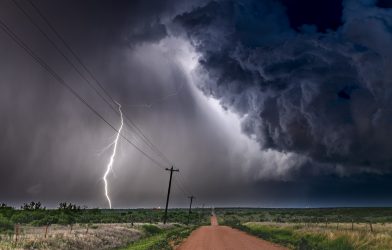Global warming refers to the long-term increase in Earth’s average surface temperature due to human activities. This is primarily caused by greenhouse gases such as carbon dioxide, methane, and nitrous oxide, which trap heat in the atmosphere, creating a “greenhouse effect.” These gases are mainly emitted through the burning of fossil fuels for energy, deforestation, industrial processes, and agricultural practices.

Addressing global warming requires coordinated efforts at individual, national, and global levels. One of the most effective strategies is transitioning from fossil fuels to renewable energy sources like solar, wind, hydro, and geothermal. This transition can significantly reduce carbon dioxide emissions. Additionally, improving energy efficiency in homes, buildings, and transportation can lower energy consumption and greenhouse gas emissions. This includes using energy-efficient appliances, adopting electric vehicles, and enhancing public transportation systems.
Since the late 19th century, Earth's average surface temperature has risen by about 1.2 degrees Celsius (2.2 degrees Fahrenheit), with most of the warming occurring in the past 40 years.
Planting trees and protecting existing forests are also crucial, as forests absorb carbon dioxide from the atmosphere, acting as natural carbon sinks. Implementing sustainable farming practices, reducing livestock emissions, and promoting plant-based diets can further reduce agricultural greenhouse gas emissions.

Government policies play a vital role in mitigating global warming. Policies such as carbon pricing, emission trading systems, and regulations on industrial emissions are essential. International agreements like the Paris Agreement support coordinated global action. Educating the public about the causes and effects of global warming is equally important to drive behavioral changes and garner support for climate policies.
Melting ice caps and the thermal expansion of seawater have caused global sea levels to rise by approximately 8 inches (20 centimeters) over the past century.
Several international organizations are actively working to combat global warming through research, policy advocacy, and direct action. The United Nations Framework Convention on Climate Change (UNFCCC) is the main international body responsible for addressing climate change and oversees the implementation of the Paris Agreement, which aims to limit global warming to well below 2 degrees Celsius above pre-industrial levels.
The Intergovernmental Panel on Climate Change (IPCC) provides scientific assessments on climate change, its impacts, and potential future risks, informing policymakers and the public. The World Meteorological Organization (WMO) coordinates international efforts to monitor and understand climate trends and provides essential data for climate research and policy-making.
Global warming is linked to an increase in the frequency and intensity of extreme weather events, such as hurricanes, heatwaves, floods, and droughts.
The Global Environment Facility (GEF) finances projects that address global environmental issues, including climate change mitigation and adaptation efforts in developing countries. The International Renewable Energy Agency (IRENA) promotes the adoption and sustainable use of renewable energy worldwide, helping countries transition to low-carbon energy systems. The Climate Action Network (CAN) is a global network of over 1,300 NGOs working to promote government and individual action to limit human-induced climate change to ecologically sustainable levels.
Global warming is a critical issue that demands immediate and sustained action. By understanding its causes, effects, and mitigation strategies, individuals and governments can make informed decisions to protect our planet for future generations.













